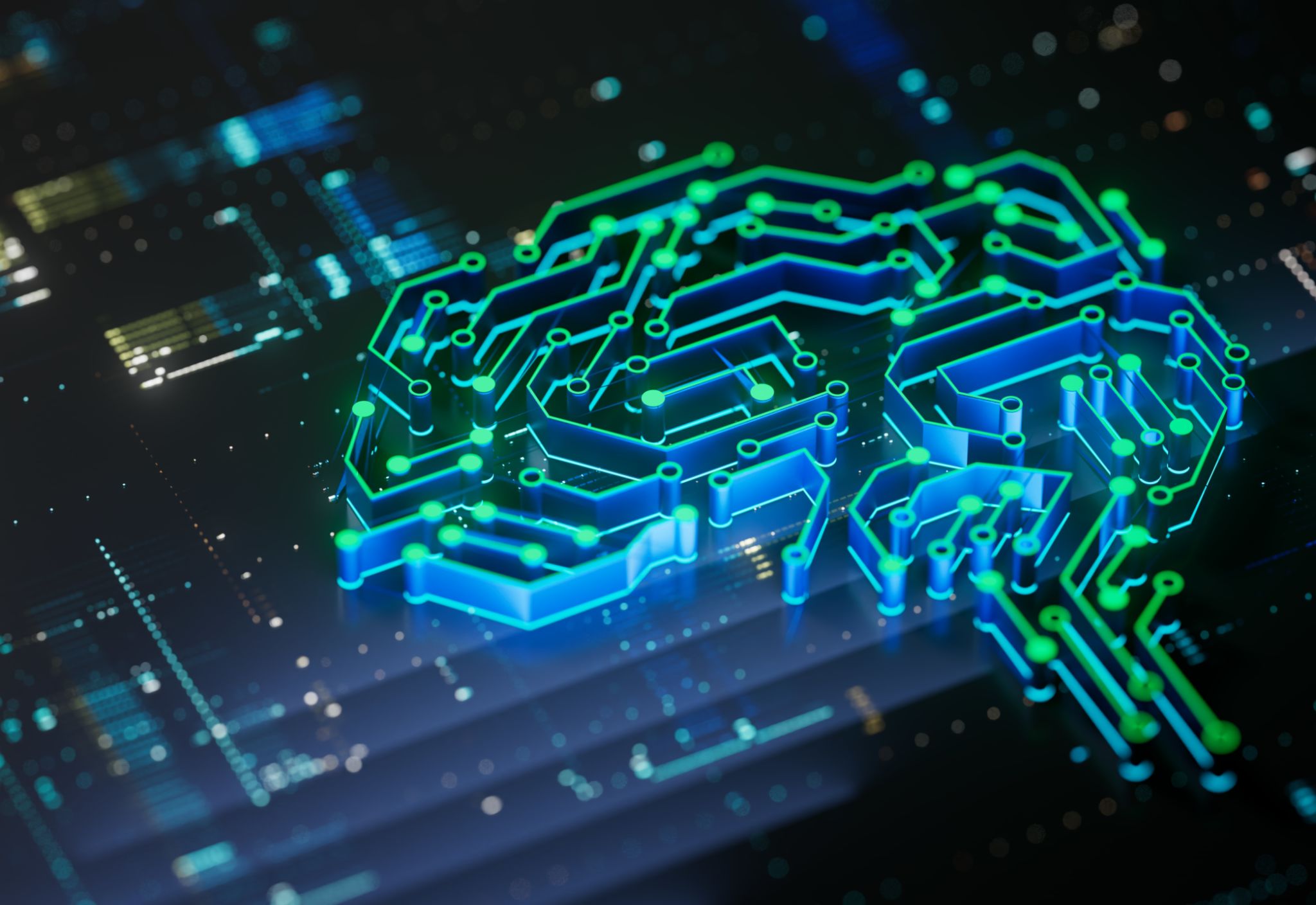Top Cybersecurity Trends Impacting Businesses Today
Cybersecurity in an Increasingly Digital World
In today's rapidly evolving digital landscape, cybersecurity has become a primary concern for businesses across the globe. With the increased reliance on digital platforms, companies are more vulnerable than ever to cyber threats. Staying ahead of these threats requires understanding the latest trends impacting cybersecurity.

Rise of Ransomware Attacks
Ransomware attacks have surged, becoming one of the most significant cyber threats businesses face today. Cybercriminals deploy malicious software to encrypt data, demanding a ransom for its release. This trend has caused severe disruptions across various industries, highlighting the importance of implementing robust security measures.
To mitigate these risks, companies are increasingly investing in comprehensive cybersecurity strategies. This includes regular data backups, employee training, and the use of advanced encryption technologies.
Increased Focus on Cloud Security
As more organizations transition to cloud-based services, ensuring data security in the cloud environment is critical. Cyber threats targeting cloud infrastructures are becoming more sophisticated, prompting businesses to adopt stringent security protocols. These measures include multi-factor authentication, data encryption, and regular security audits.

Furthermore, collaboration with reputable cloud service providers can enhance security measures and offer businesses peace of mind.
The Role of Artificial Intelligence and Machine Learning
Artificial Intelligence (AI) and Machine Learning (ML) are transforming how businesses approach cybersecurity. These technologies aid in detecting and responding to threats more efficiently by analyzing vast amounts of data and identifying patterns that may indicate potential breaches.
AI-driven tools can automate threat detection and response processes, reducing the time it takes to address vulnerabilities. This proactive approach is crucial in minimizing damage from cyber attacks.

Emphasis on Employee Training and Awareness
Human error remains one of the leading causes of cybersecurity breaches. As such, training employees on cybersecurity best practices is essential in fortifying a company's defenses. Regular workshops and seminars can educate staff on recognizing phishing attempts, creating strong passwords, and safely handling sensitive information.
By fostering a culture of security awareness, businesses can significantly reduce the risk of cyber incidents initiated by accidental or intentional human actions.
Adoption of Zero Trust Architecture
The Zero Trust model operates on the principle of "never trust, always verify." This approach requires continuous verification of every device and user attempting to access a network resource, regardless of whether they are inside or outside the organization's perimeter.
Implementing Zero Trust architecture can greatly enhance a company's cybersecurity posture by minimizing unauthorized access and reducing the attack surface.

Conclusion: Preparing for the Future
The dynamic nature of cyber threats necessitates that businesses remain vigilant and adaptable in their cybersecurity efforts. By staying informed about current trends and adopting proactive measures, companies can better protect their digital assets and ensure long-term security in an increasingly connected world.